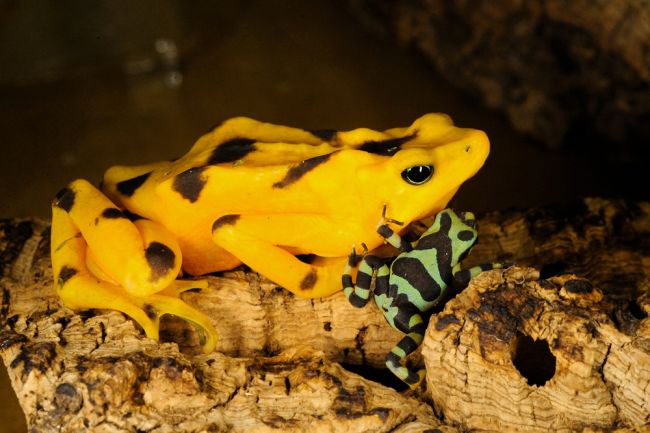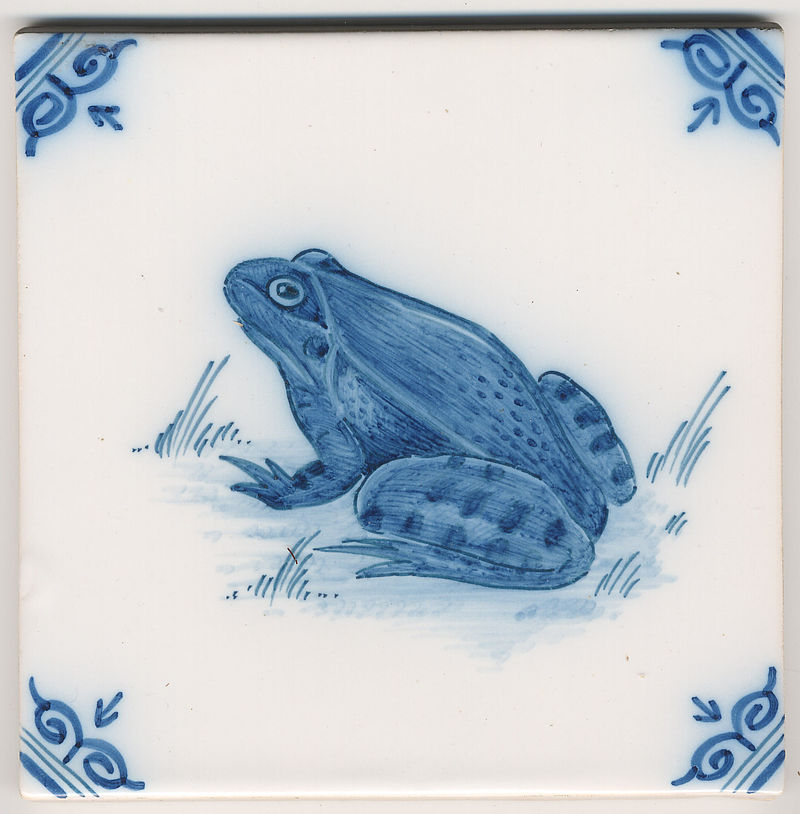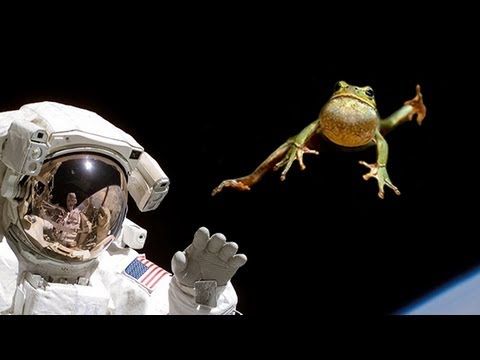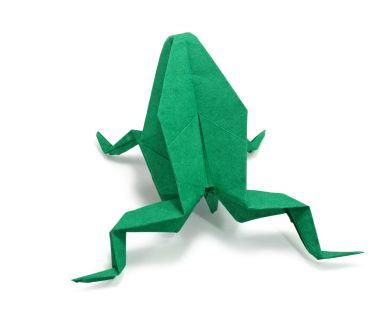Autors:
Agita DZC
Cita joma
Spēles/performatīvās mākslas
Zināšanas un paražas, kas saistītas ar dabu un Visumu
Nosaukums
Frogs and their healing properties. (pls don't delete)
Vardes
Froggies
Does the same word in a different language count as a different way of saying it? What are the specifics of linguistics when it comes to translating household names? Should we make up new words just to fit those same words in a different language? Why do we feel the inherent need to understand and name everything? And why do we need all those things in a certain language? is it not enough that the thing just exists? IS this like reference pointers? Are ppl afraid that non one will know how to refer to a thing if it doesn't have a name? What about thesaurus names then? Why do we need that many of them?????
Ģeogrāfija
I Frogs belong to the whole universe. Known and unknown.
Frogs are shaped like friends.
They also make funny noises. Did you know that you can the star wars march on a frog? It's true look it up on google/ youtube.
Now for some good old ctrl c ctrl v from a random internet source.
Frogs are amphibians that are known for their jumping abilities, croaking sounds, bulging eyes and slimy skin. They live all over the world and are among the most diverse animals in the world, with more than 6,000 species.
Nozīme kopienas dzīvē
Frogs substantially outnumber the two other groups of amphibians — salamanders and caecilians. According to the American Museum of Natural History (AMNH) online reference site, Amphibian Species of the World, which is updated in real time, as of late April 2015, there are 6,482 species in the Anura order (frogs and toads), 691 species in the Caudata order (salamanders and newts) and 204 species in the Gymnophiona order (caecilians). Caecilians look like large worms or slick snakes, according to the San Diego Zoo. They have no arms or legs, and live underground in a network of tunnels.
Aktivitātes/darbības
Some frogs have toxic skin. Some South American frogs are so toxic that one drop of their skin secretions can kill an adult human. Poison frogs usually have bright colors to warn predators that their skin is toxic, according to the San Diego Zoo. Camouflage is another survival technique. Many frogs have mottled green or brown skin to help them blend in with their surroundings. [Gallery: Freaky Frog Photos: A Kaleidoscope of Colors]
Since there are so many types of frogs, one size doesn't fit all. The largest frog is the Goliath frog, which is 13.5 inches long (30 centimeters) and weighs 6.6 lbs. (3 kilograms), according to the San Diego Zoo. The devil frog of Madagascar, now extinct, once held the title of largest frog. It was 16 inches long (41 cm) long and weighed 10 lbs. (4.5 kg), according to National Geographic.
The smallest frog is the gold frog, which is a tiny 0.39 in (1 cm) long and only 7 ounces (200 grams), according to the San Diego Zoo. That's around the size of a dime.
Ticējumi, rituāli, nerakstīti noteikumi
Habitat
Frogs need to be around areas with a water source to reproduce, but other than that, they are found on every continent except Antarctica and in almost every environment. The poison dart frog lives in the tropical forests of Central and South America. Northern leopard frogs live in the northern areas of North America in marshes and grasslands. The green-eyed tree frog lives in the moss-covered rain forests of Queensland, Australia, according to National Geographic. The desert rain frog lives exclusively in Namibia and South Africa, along the coast in sand dunes.
Pārmantošana un tālāknodošana
Diet
Frogs will often eat any living thing that will fit into their mouths. This includes bugs, spiders, worms, slugs, larvae and even small fish. To catch prey, their sticky tongues will dart from their mouths and pull the prey into the frog's mouth. This movement is so fast often the prey doesn't have a chance to escape. A frog's tongue can snap back into its mouth within 15/100ths of a second.
Frogs and toads help keep the world's insect population under control, according to the San Diego Zoo. Their appetite for bugs is usually quite helpful, but sometimes it can lead to disaster. For example, in 1935, cane toads from Puerto Rico were introduced to Australia to kill sugarcane beetles. However, the cane toads, which can grow as large as a dinner plate, preferred to eat native frogs, small marsupials and snakes. The original 102 toads set out across the continent and have mushroomed in number to more than 1.5 billion, according to a 2010 Live Science article. Today, cane toads have conquered more than 386,000 square miles (1 million square kilometers) of Australia. This is equivalent to an area slightly larger than the states of Texas and Oklahoma combined.
Vēsture
Habits
Advertisement
Frogs are social creatures that live in groups. A group of frogs is called army, colony or a knot. Groups of young frogs will even swim together in schools, much like fish.
During mating season, the male frogs in a group will croak quite loudly. Frogs croak to attract females. When the female finds a male croak she likes, the male will grab her and she will release eggs for him to fertilize.
Offspring
Frogs become mature between two months to 3 years old. Colder temperatures can determine how fast a frog matures, as well as the species of frog. After a female frog becomes mature, she can lay from two to more than 50,000 eggs at once, depending of species. Eggs will incubate for 48 hours to 23 days, submerged in water, according to the San Diego Zoo. During incubation, the male frog typically protects the eggs.
Once an egg hatches, a small, legless, fish-like creature emerges. This frog offspring is called a tadpole. The change from a tadpole to a frog is started by hormones from the tadpole's thyroid gland according to the National Center for Biotechnology Information. Over time, the tadpole will grow legs, lose its tail and will emerge from the water onto land. How fast the tadpole transforms depends on environmental factors.
Papildu informācija
The word "amphibian" comes from a Greek word that means "both lives." This is because frogs start their lives in the water and then live on land, according to Defenders of Wildlife.
All frogs are known for their fantastic jumping skills, but the African frog is the best. It can jump 14 feet (4.2 meters) in a single bound, according to the San Diego Zoo. Not all frogs hop, though. The waxy tree frog walks like a lizard.
Amazon horned frogs are ambush predators and aggressively territorial. Some Amazon villagers wear high leather boots to repel attacks, according to National Geographic.
Meistari
Classification/taxonomy
The taxonomy of frogs, according to the AMNH, is:
Kingdom: Animalia
Subkingdom: Bilateria
Infrakingdom: Deuterostomia
Phylum: Chordata
Subphylum: Vertebrata
Infraphylum: Gnathostomata
Superclass: Tetrapoda
Class: Amphibia
Order: Anura
Family, Genus & Species: There are 54 families, comprising more than 300 genera and 6,481 species.
Iestādes un institūcijas
Frogs are widely discussed in various institutions and establishments. In a way frogs are the backbone of the modern society. Some ay argue it's cats though and that is also valid.
Conservation status
Advertisement
While some frogs are safe and prolific, others are endangered, according to the International Union for Conservation of Nature (IUCN). The group's Red List of Threatened Species lists the lemur leaf frog, black-eyed leaf frog and Vanzolini's spiny-chest frog as critically endangered.
Nostiprināšana
Frogs in space!!!!!!!!!!!!!
Here's how it worked: Two bullfrogs (Rana catesbeiana) were selected to go to space. They both had electrodes implanted into their thoracic cavities (the space that holds the heart, lungs, and other internal organs) and in the neurons that form the vestibular system within the ear. The electrodes would provide the data that scientists needed to understand how the animals experienced space motion sickness. Then, the nerves that connected to their limb muscles were cut, to prevent them from splashing around and accidentally removing the electrodes.
The results of the electrocardiogram recordings indicated that the frogs remained in good health throughout the flight. By the final day of the six day flight, the frogs' vestibular systems had essentially returned to normal, suggesting that they acclimated to the unfamiliar situation in which they found themselves.
Frogs made another trip to space in December 1990, when Toyohiro Akiyama, a Japanese journalist, brought Japanese tree frogs (Hyla japonica) with him to the Mir space station. While on board Mir, the frogs participated in more experiments regarding weightlessness and motion sickness, as well as locomotion and their responses to external stimulation. One of the things that Mir researchers discovered was that the frogs' ability to change their body colour to mimic the colour of the surface they were sitting on was delayed or absent due to the microgravity environment. Their responses to other sorts of stimuli were generally intact as long as they maintained stable contact with a surface. Once the frogs lost contact and began floating in the zero-G space station, they lost their ability to co-ordinate their movements and to orient themselves properly. Frogs were occasionally brought aboard Nasa shuttle missions through the rest of the 1990s along with a menagerie of other critters: crickets, mice, rats, newts, fruit flies, snails, carp, fish, sea urchins, brine shrimp, jellyfish, various insects, and quail eggs. Since then, frogs' exposure to space-like environments has come mainly aboard aircraft executing parabolic flights: vomit comets. Researchers have continued to use frogs and other amphibians as models for understanding the effects of weightlessness on the body and for understanding emesis, the vomit response. So, the high-altitude frog that made the headlines last week was just the latest in a long line of amphibians to become involved in mankind's ongoing effort to reach the stars. Though it may have indeed been the first frog to take a Nasa-sponsored flight by accident.
Medieval and Early Modern
Medieval Christian tradition based on the Physiologus distinguished land frogs from water frogs representing righteous and sinful congregationists, respectively. In folk religion and occultism, the frog also became associated with witchcraft or as an ingredient for love potions.[11]
The Japanese poet Matsuo Bashō wrote one of his most famous haiku about a frog jumping into an old pond.
Turpinājums/attīstība
They put frogs in space dude! Like apparently that happens on the regular! How crazy is that?
Do you think frogs enjoy space? You think they know they're in space? I wonder if the frogs have a conscious knowledge of space.
Space frogs have done more for us then i'll ever be capable of and that is fine.
Frogs are great.
Frogs play a variety of roles in culture, appearing in folklore and fairy tales such as the Brothers Grimm story of The Frog Prince. In ancient Egypt and Mesopotamia, frogs symbolized fertility, while in classical antiquity, the Greeks and Romans associated frogs with fertility, harmony, and licentiousness.
Frogs are the subjects of fables attributed to Aesop, of proverbs in various cultures, and of art. Frog characters such as Kermit the frog and Pepe the Frog feature in popular culture. They are eaten in some parts of the world including France. In Australia, a fondant dessert is known as frog cake.
Ancient Egypt
Early Dynastic (c. 3000 BC) frog statuette)
To the Egyptians, the frog was a symbol of life and fertility, since millions of them were born after the annual flooding of the Nile, which brought fertility to the otherwise barren lands. Consequently, in Egyptian mythology, there began to be a frog-goddess, who represented fertility, named Heqet. Heqet was usually depicted as a frog, or a woman with a frog's head, or more rarely as a frog on the end of a phallus to explicitly indicate her association with fertility.[3] A lesser known Egyptian god, Kek, was also sometimes shown in the form of a frog.[4]
Texts of the Late Period describe the Ogdoad of Hermepolis, a group of eight "primeval" gods, as having the heads of frogs (male) and serpents (female), and they are often depicted in this way in reliefs of the Greco-Roman period.[5] The god Nu in particular is sometimes depicted either with the head of a frog surmounted by a beetle.[4]
Hapi was a deification of the annual flood of the Nile River, in Egyptian mythology, which deposited rich silt on the banks, allowing the Egyptians to grow crops. In Lower Egypt, he was adorned with papyrus plants, and attended by frogs, present in the region, and symbols of it.
Apdraudējumi
Froggy spaceflight really came into its own almost a decade later when, in 1970, Nasa launched the Orbiting Frog Otolith spacecraft. "Otolith" refers to the frog's inner-ear balance mechanism, which was appropriate because the mission was designed to investigate the effects of spaceflight and weightlessness on motion sickness. The otolith is a critical part of the vestibular system – the part of our nervous systems that help us maintain balance – and it works mainly by detecting acceleration due to gravity.
Frogs were used because their inner ears turn out to be quite a useful model for the human inner ear, and the factors that induce motion sickness in frogs are the same as those for humans and other mammals. In addition to their use as model species, frogs were also logistically valuable thanks to their amphibious nature: preflight surgery could be performed out of water, but the frogs could then be kept in water during the experiment. This was important for two reasons: first, the water cushioned the critters from the vibration that comes when you launch an 18,000kg Scout rocket into space. Second, the water would cycle carbon dioxide and heat away from the frogs, keeping them cool. This was all possible because frogs can breathe through their skin while submerged in the comfortable 60F water.
Pieteikuma iesniedzējs
A frog person
Attēlu galerija
Audio materiāli
Video materiāli
Teksta materiāli
Publikācijas
Frog books
Literally every fairy tale
NASA
Tīmekļa vietnes
Vardes - Frogg info as well as pictures
Lielas vardes - FROGS IN SPACE DUDES!!!!!
Mazas vardes - Good old wikipedia







